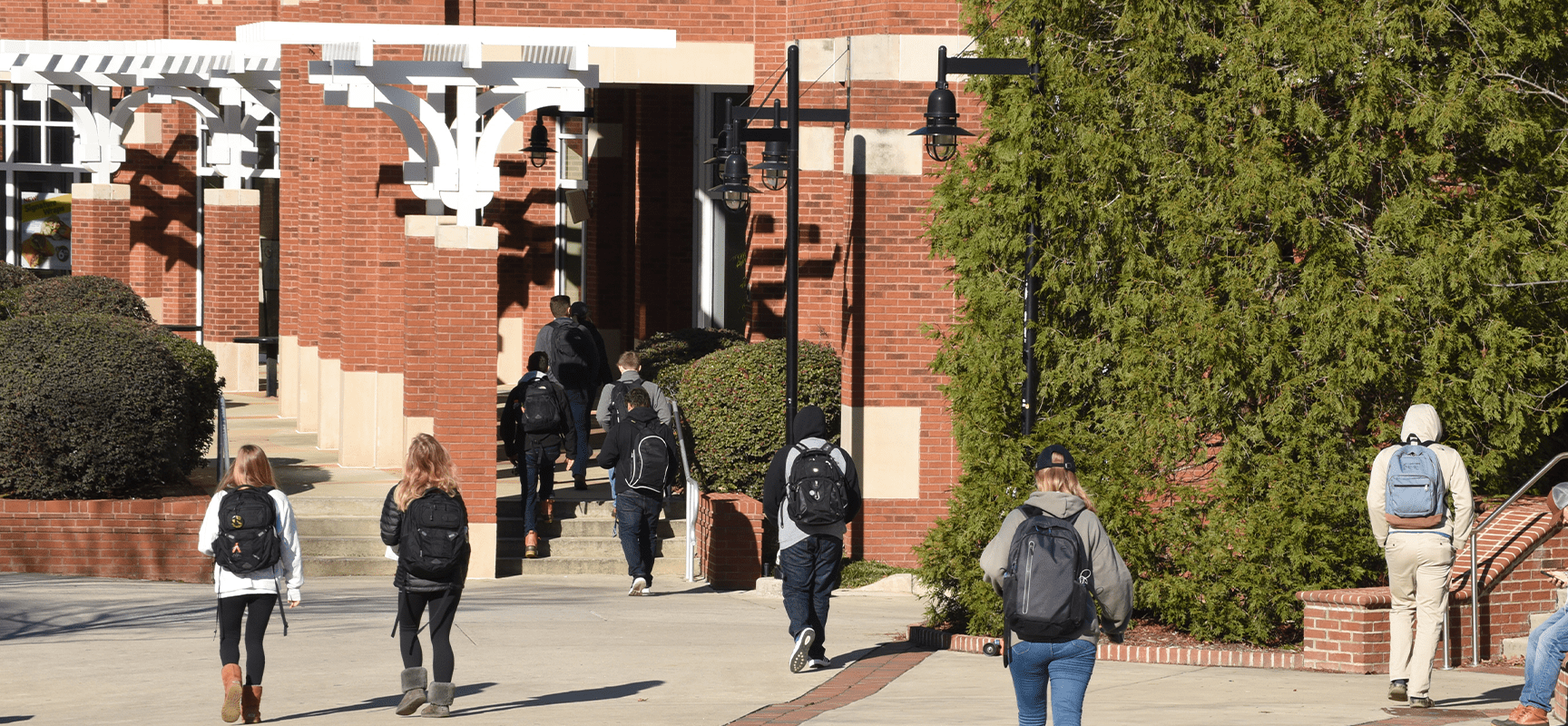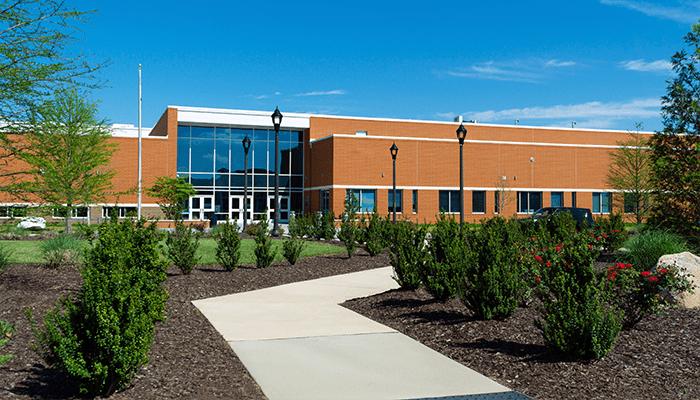
Supporting Safer Schools How We Help Education Clients Manage Risk
Educational institutions face a wide range of risks, from aging infrastructure to student mental health issues. For schools, colleges, and universities, these aren't just compliance issues. They're day-to-day concerns that impact students, staff, and the broader community. That's why our risk management team takes a hands-on, collaborative approach with every education client we serve.
In this short video, our team shares what they're seeing in the field and how we work closely with education clients to make risk management easier.
Meeting Clients Where They Are
No two schools are the same, and we don’t treat them that way. Our consultants begin every engagement by learning how involved a client wants us to be. Some want occasional guidance; others want a partner to walk alongside them through audits, policy reviews, and planning. We tailor our role to meet each organization’s needs.
From there, we dive into their current risk culture and infrastructure. Are they starting from scratch? Building on a strong foundation? Looking to move from basic compliance to best-in-class practices? Wherever a client is, we help map the next step to make the work manageable.
Not sure where to start with risk management? Let’s talk. We’ll help you assess where you are and what steps make sense for your organization.
Key Risk Issues in Education Today
Top 10 emerging risks education clients are seeing this year:
1. Student and Staff Mental Health
Institutions are investing more energy into supporting mental health across their communities. We assist in strengthening policies, identifying benefits and resources, and developing response protocols. Behavioral Threat Assessment Management (BTM) programs are one area gaining traction. BTM programs are helping schools recognize and respond to concerns before they escalate.
2. Aging Buildings and Property Concerns
Many campuses are home to older or historic buildings, which come with specific risks. We help assess and document the condition of electrical systems, roofing, and other infrastructure, offering guidance on both mitigation and long-term planning.
3. Transportation and Fleet Compliance
Whether it's field trips, shuttle services, or multi-campus operations, DOT and FMCSA regulations play a role. Navigating these requirements can be particularly confusing, especially when crossing state lines. Our team helps clarify what's needed and develops policies to keep operations compliant and safe.
4. Adversarial Regulation and Political Climate
Higher education institutions are increasingly navigating a politically charged environment marked by public skepticism and regulatory scrutiny. From debates over academic freedom to legislative actions targeting curriculum and funding, campuses must stay agile and proactive in managing reputational and operational risks tied to shifting political landscapes.
5. Cybersecurity and Data Privacy Risks
As campuses digitize administrative and academic functions, the risk of cyberattacks and data breaches grows. Institutions must invest in robust cybersecurity infrastructure, enforce data privacy protocols, and educate stakeholders to protect sensitive information and maintain trust.
6. Financial and Budgetary Constraints
Declining enrollment, fluctuating funding, and rising operational costs are straining campus budgets. Strategic financial planning, risk-based resource allocation, and scenario modeling are essential to ensure long-term sustainability and resilience.
7. Legal and Compliance Risks
Colleges and universities face a complex web of federal, state, and local regulations. From Title IX to ADA compliance, institutions must maintain rigorous oversight and training to avoid legal pitfalls and uphold ethical standards.
8. Campus Safety and Security
Ensuring the physical safety of students, faculty, and staff remains a top priority. This includes emergency preparedness, threat assessment, and fostering a culture of awareness and reporting to mitigate risks ranging from natural disasters to active threats.
9. Reputation and Public Relations Risks
A single incident can rapidly escalate into a reputational crisis in today’s media landscape. Institutions must have crisis communication plans, monitor public sentiment, and engage transparently with stakeholders to protect and enhance their public image.
10. Academic and Research Integrity
Maintaining high standards in teaching and research is foundational to institutional credibility. Risk management efforts should include policies on plagiarism, data falsification, and conflicts of interest, along with training and oversight to uphold academic excellence.
Building a Culture of Safety
One of the most effective ways to manage risk is by fostering an authentic culture of safety. That means moving beyond policies on paper by engaging staff, empowering students, and ensuring awareness at every level.
We help clients do that through resources like the Risk Management Center. It offers tools for assigning training, tracking completion, and providing staff with accessible safety content. We also offer Toolbox Talks and in-person sessions for organizations whose teams are often in the field.
The goal is to build consistent habits, safety behavior, and awareness that support long-term safety.
Making Risk Management Manageable
Risk management can feel overwhelming, especially for institutions without a dedicated safety or risk department. However, it doesn't have to be. We help organizations understand their tolerance and risk appetites following up by breaking the work into small, actionable pieces and show clients how to delegate effectively. From policy templates and compliance audits to custom training and program reviews, our team offers support every step of the way.
Our message to schools and education organizations is simple: you don't have to do this alone. Whether you're addressing long-standing concerns or preparing for what's next, we're ready to help you build a safer, stronger environment.
Related articles

At any given moment, your school buildings hold opportunities for improvement, such as enhancing air quality, reducing humidity, preventing leaks, fine‑tuning equipment, or optimizing electrical...

While it may sound like newfangled science, the U.S. has used telematics since the 1960s to track the movements of defense assets and improve military communication. Today, all types of...

Throughout their K-12 years, students with allergies typically receive substantial assistance and constant supervision from their parents/caregivers, teachers, school health professionals, and other...